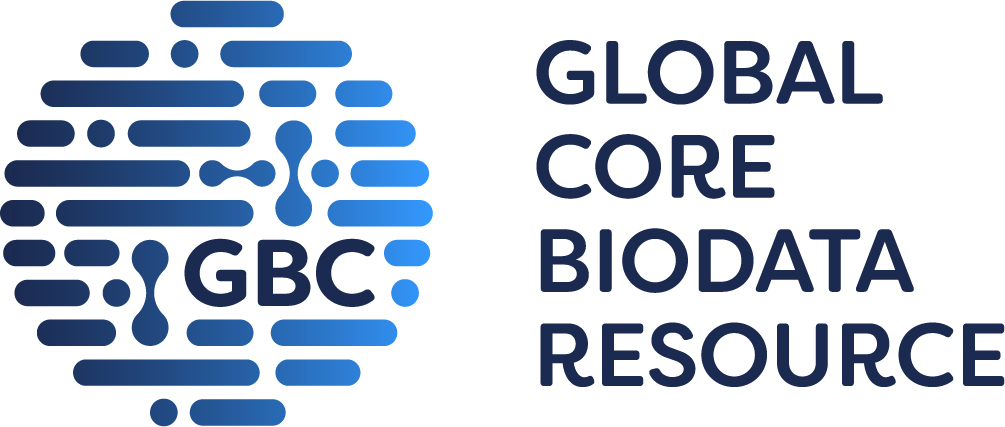
GtoPdb is requesting financial support from commercial users. Please see our sustainability page for more information.
Aquaporins C
Unless otherwise stated all data on this page refer to the human proteins. Gene information is provided for human (Hs), mouse (Mm) and rat (Rn).
Overview
Aquaporins and aquaglyceroporins are membrane channels that allow the permeation of water and certain other small solutes across the cell membrane, or in the case of AQP6, AQP11 and AQP12A, intracellular membranes, such as vesicles and the endoplasmic reticulum membrane [15]. Since the isolation and cloning of the first aquaporin (AQP1) [19], 12 additional mammalian members of the family have been identified, although little is known about the functional properties of one of these (AQP12A; Q8IXF9) and it is thus not tabulated. The other 12 aquaporins can be broadly divided into three families: orthodox aquaporins (AQP0,-1,-2,-4,-5, -6 and -8) permeable mainly to water, but for some additional solutes [3]; aquaglyceroporins (AQP3,-7 -9 and -10), additionally permeable to glycerol and for some isoforms urea [13], and superaquaporins (AQP11 and 12) located within cells [11]. Some aquaporins also conduct ammonia and/or H2O2 giving rise to the terms 'ammoniaporins' ('aquaammoniaporins') and 'peroxiporins', respectively. Aquaporins are impermeable to protons and other inorganic and organic cations, with the possible exception of AQP1, although this is controversial [13]. One or more members of this family of proteins have been found to be expressed in almost all tissues of the body [reviewed in Yang (2017) [26]]. AQPs are involved in numerous processes that include systemic water homeostasis, adipocyte metabolism, brain oedema, cell migration and fluid secretion by epithelia. Loss of function mutations of some human AQPs, or their disruption by autoantibodies further underscore their importance [reviewed by Verkman et al. (2014) [23], Kitchen et al. (2105) [13]].
Functional AQPs exist as homotetramers that are the water conducting units wherein individual AQP subunits (each a protomer) have six TM helices and two half helices that constitute a seventh 'pseudotransmembrane domain' that surrounds a narrow water conducting channel [15]. In addition to the four pores contributed by the protomers, an additional hydrophobic pore exists within the center of the complex [15] that may mediate the transport through AQP1. Although numerous small molecule inhibitors of aquaporins, particularly APQ1, have been reported primarily from Xenopus oocyte swelling assays, the activity of most has subsequently been disputed upon retesting using assays of water transport that are less prone to various artifacts [4] and they are therefore excluded from the tables [see Tradtrantip et al. (2017) [22] for a review].
Channels and Subunits
695|
AQP0 C Show summary » |
|||||||||||||||||||
|
AQP1 C Show summary » |
|||||||||||||||||||
|
AQP2 C Show summary » |
|||||||||||||||||||
|
AQP3 C Show summary » |
|||||||||||||||||||
|
AQP4 C Show summary » |
|||||||||||||||||||
|
AQP5 C Show summary » |
|||||||||||||||||||
|
AQP6 C Show summary » |
|||||||||||||||||||
|
AQP7 C Show summary » |
|||||||||||||||||||
|
AQP8 C Show summary »
|
|||||||||||||||||||
|
AQP9 C Show summary » |
|||||||||||||||||||
|
AQP10 C Show summary » |
|||||||||||||||||||
|
AQP11 Show summary » |
Further reading
How to cite this family page
Database page citation (select format):
Concise Guide to PHARMACOLOGY citation:
Alexander SPH, Mathie AA, Peters JA, Veale EL, Striessnig J, Kelly E, Armstrong JF, Faccenda E, Harding SD, Davies JA et al. (2023) The Concise Guide to PHARMACOLOGY 2023/24: Ion channels. Br J Pharmacol. 180 Suppl 2:S145-S222.








